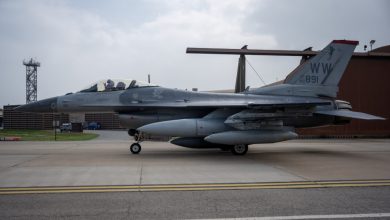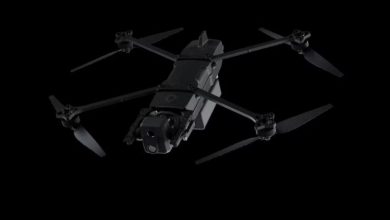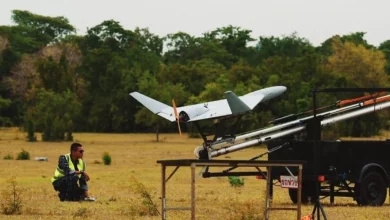Lockheed Martin prepares to launch LM 400 satellite

Lockheed Martin is set to launch its self-funded LM 400 technology demonstration satellite aboard Firefly Aerospace’s Alpha FLTA006 rocket from Vandenberg Space Force Base. While the precise date and time remain undisclosed, the upcoming launch represents a major step in advancing space-based capabilities.
According to Lockheed Martin, the LM 400 is a multi-mission satellite platform designed for a range of applications, including remote sensing, communications, imaging, and radar. The satellite is part of Lockheed Martin’s broader initiative to enhance space resiliency and reduce risk for military, commercial, and civil customers.
“We’ve heard our customers’ demand for greater resiliency and proliferated space architectures to complete their missions. Our investment in this technology demonstration is our way to show the technical and manufacturing readiness of our multi-orbit, multi-mission LM 400 platform,” said Jeff Schrader, vice president of Strategy & Business Development for Lockheed Martin Space.
The LM 400 is engineered to operate in multiple orbits, including Low Earth Orbit (LEO), Medium Earth Orbit (MEO), and Geosynchronous Earth Orbit (GEO). Led by Lockheed Martin’s Ignite organization, the project is positioned as a key element in expediting the delivery of innovative space technologies.
Lockheed Martin has implemented a pathfinding approach, subjecting the LM 400 to rigorous testing at every stage of production and operational readiness. The process has already yielded significant milestones, including:
- Rapid satellite assembly and testing at Lockheed Martin’s Gateway Center.
- Processing at the Astrotech Space Operations facility at Vandenberg Space Force Base.
- First LM 400 launch under Lockheed Martin’s Multi-Launch Service Agreement with Firefly Aerospace.
- Integration with Lockheed Martin’s COSMIC cloud-enabled mission management system.
In a statement, Tahllee Baynard, vice president of Ignite, emphasized the importance of this pathfinding effort. “By taking LM 400 through every stage of production and processing, we could identify potential issues early on and make adjustments as needed. This reduces the risk for our customers and ensures a smooth and efficient production line, and that our final product meets our customers’ exacting standards.”
Upon reaching orbit, the LM 400 will undergo a 30-day on-orbit mission, conducting initialization, operational testing, and controlled de-orbit procedures. The satellite will also feature Lockheed Martin’s SmartSat™ software architecture, designed to enhance autonomous mission operations.
“The ability to collaborate shoulder to shoulder with a commercial team executing the LM 400 demo spacecraft integration and launch campaign was extremely valuable for our Space Force team,” said Maj. Clifford Johnson of the U.S. Space Force, Space Systems Command.
Firefly Aerospace will handle the orbital insertion, marking another milestone in the company’s expanding partnership with Lockheed Martin. The mission is expected to provide key insights into the LM 400’s operational capabilities and confirm its role as a flexible solution for future defense and commercial space applications.





